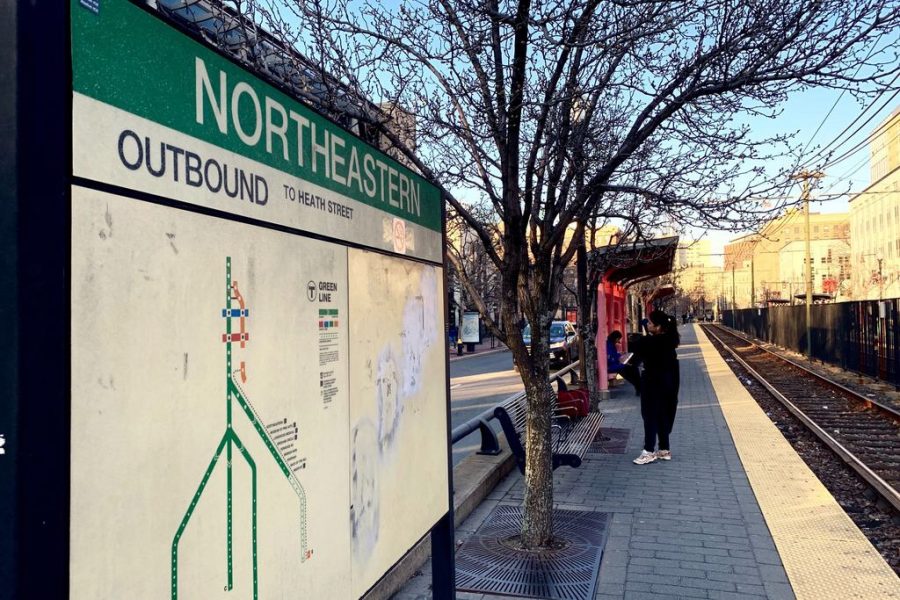Column: T’s ‘Brightening Project’ neglects Red and Orange Line riders
Boston prioritizes the Green Line over the Red and Orange Lines, which provide transportation through historically lower-income areas.
April 3, 2019
When I first moved to Boston, I arrived at Back Bay Station and took the Orange Line to my new apartment. The Orange Line was all I knew at first because it got me home, to school and to work; it was the quality I expected of all Boston’s stations.
As the year progressed, I explored other parts of the city. When I took the Green Line, I immediately noticed that conditions were significantly better: The stations were cleaner, the ticketing stations all worked and the cars were more modern.
It is no surprise that the Green Line is better maintained. According to this MBTA map, the Green Line provides access to wealthier parts of Boston, as housing options near this line are also significantly more expensive.
The city of Boston made a conscious decision to put the Green Line first, even if it meant displacing low-income residents living near it. In 2014, “Dimensions of Displacement” explored the unintended consequences of the Green Line’s expansion, specifically displacement.
The study reveals, “nearly one twelfth of the city’s designated affordable housing units are at risk of losing their affordability restrictions by 2020.” Rather than updating the lines that go through low-income areas, the MBTA is attempting to pacify the issue.
The MBTA commenced its $25 million “Brightening Project” April 1. The cleaning initiative will first focus on the Ashmont, Back Bay, Downtown Crossing, Dudley and JFK/UMass stations. Although this “spring cleaning” may be an honest effort on the city’s behalf, it’s reactive. The project is rectifying its prior mistake of promoting gentrification through its T expansion programs.
Furthermore, the MBTA continues to prioritize the Green Line over the Red and Orange Lines. The Green Line began updating its cars in December 2018, and its transition is near complete. The Orange and Red Lines, on the other hand, show little to no improvement.
According to the MBTA, the Red and Orange Line fleets will be entirely replaced by 2023, but this seems even more unlikely in light of the continual delays to the project. The Red and Orange Lines provide transportation through historically lower-income areas, and the city has chosen to neglect it.
It is no secret that Boston struggles with deep-seated issues surrounding gentrification. While efforts such as the “Brightening Project” and the installation of new Orange Line trains are steps in the right direction, the consistent delays emphasize that wealthier areas are prioritized, while the Orange and Red Line upgrade remains on the back-burner.







